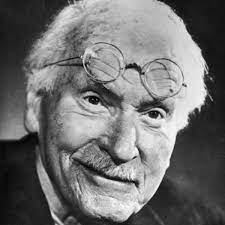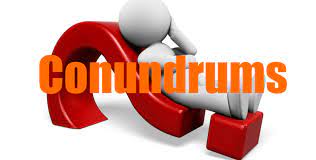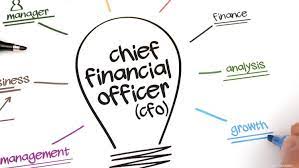Follow The Money.
 One of my brand planning tricks is to fully understand a business’s financials before I dive into the more touchy-feely world of the brand. Back in the day (don’t ask) when working at ad shop McCann -Erikson NY, I was asked to be on a task force of AT&T and McCann people. Our chore was to write marketing plans for a number of emerging business services. Collectively we came up with a rigor called 24 Questions: a follow-the-money guide that helped the team understand the balance sheet and the opportunity.
One of my brand planning tricks is to fully understand a business’s financials before I dive into the more touchy-feely world of the brand. Back in the day (don’t ask) when working at ad shop McCann -Erikson NY, I was asked to be on a task force of AT&T and McCann people. Our chore was to write marketing plans for a number of emerging business services. Collectively we came up with a rigor called 24 Questions: a follow-the-money guide that helped the team understand the balance sheet and the opportunity.
I’ve been using the 24 Questions as part of my brand planning discovery rigor for years. When you understand how money is made, you tend to have more credibility among company executive — which is important when talking strategy. But really important when talking brand strategy.
When presenting observation about a company’s business, customer base, and sales environment, having data on what is business-winning goes a long way.
So, there is your tip of the week. Be artistic in your brand strategy but build it on a foundation of financial understanding.
Peace.






